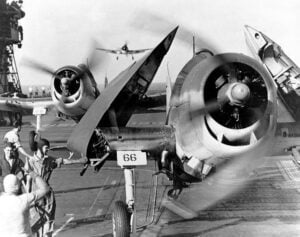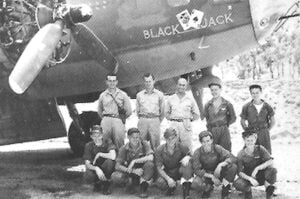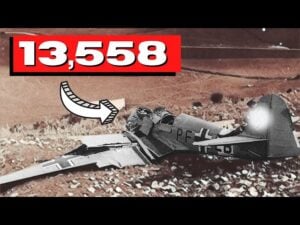The Story of How Ford Turned Car Factories Into Bomber Plants and Built a Bomber Every 63 Minutes
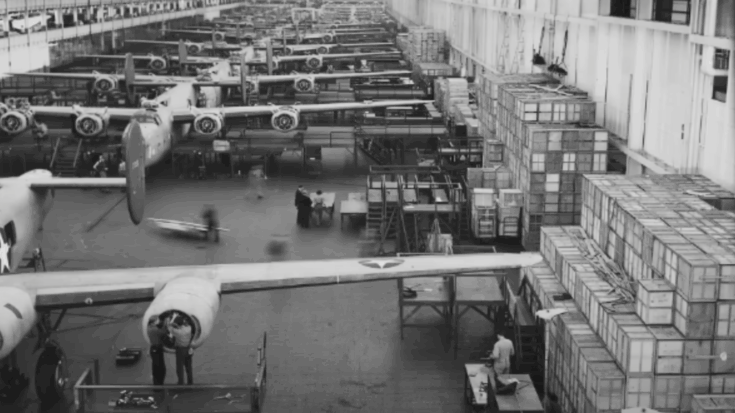
WW2 Diary / YouTube
A Shocking Report
In March 1943, inside a dim office in Berlin, Admiral Wilhelm Canaris read an intelligence report that seemed impossible. It claimed that Ford’s Willow Run plant in Michigan was producing a complete B-24 Liberator bomber every hour. To German intelligence, this sounded like a fantasy. The B-24 was one of the most complex machines of the war — more than a million parts and thousands of rivets. Producing even one required immense coordination. Yet the United States appeared to be doing it faster than Germany could finish a tank.
The numbers came from multiple field reports, all saying the same thing. German officers had checked them three times, but they remained unchanged. The problem wasn’t faulty intelligence — it was disbelief. German leadership simply refused to accept that American factories, designed for cars, could be turned into aircraft plants producing at such a rate.
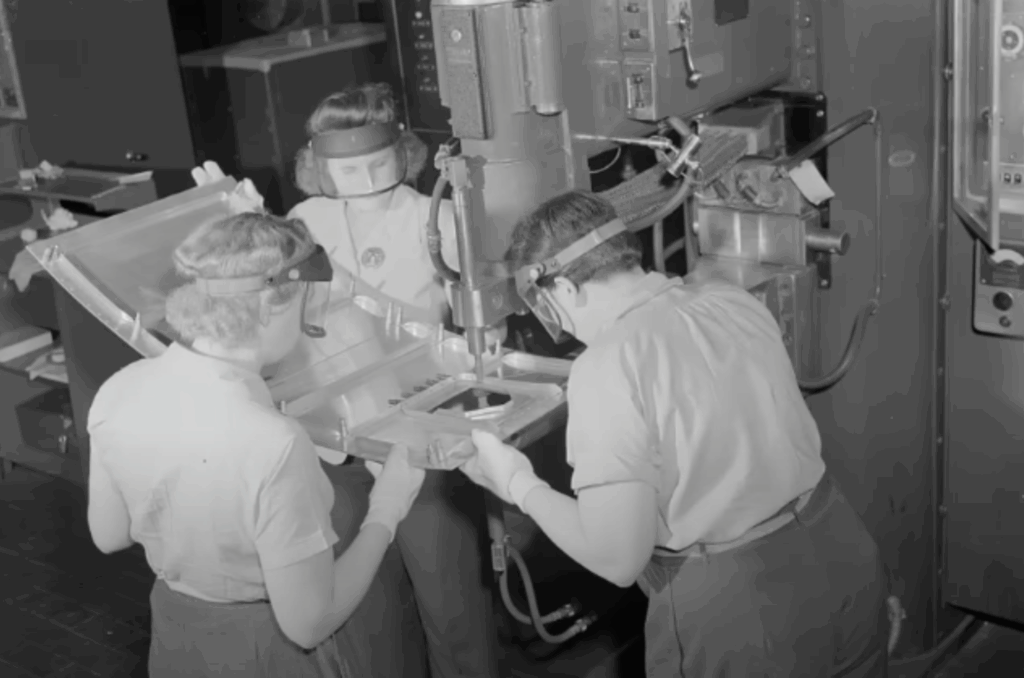
Underestimating the Americans
Two years earlier, in 1941, air force officials had already warned that American production might reach thousands of aircraft per month. But many German leaders dismissed the idea. They viewed Americans as consumer manufacturers — good at building refrigerators and cars, not warplanes. Some believed democracy itself was too slow and inefficient to support such massive output.
One intelligence officer, Nikolaus Ritter, who had lived in the United States, saw the truth clearly. He had watched skyscrapers rise in months and knew what industrial discipline looked like. His private report was blunt: if the data were accurate, Germany had already lost. It was only a matter of time and mathematics.
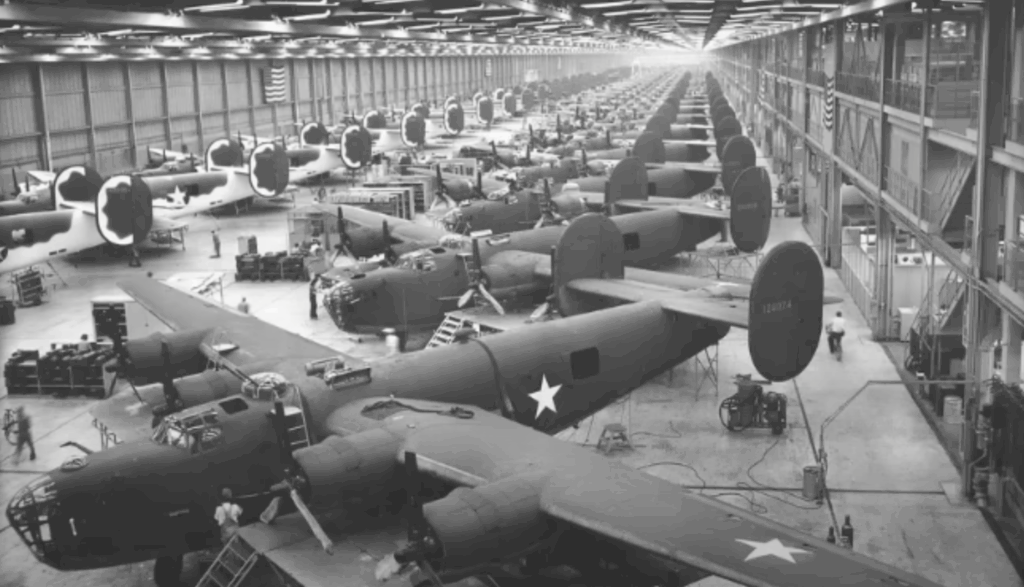
Factories That Defied Belief
Through agents in Mexico City and Spain, more details arrived. Businessmen described Willow Run as a mile-long plant so large that clouds sometimes formed inside. It employed over forty thousand workers, including women and African Americans, assembling bombers on a moving line — the same method Ford once used for cars. Each worker specialized in a single task, repeating it endlessly until perfection became routine.
Charles Sorensen, Ford’s production chief, had reimagined aircraft manufacturing overnight. Instead of workers climbing over a stationary plane, the aircraft itself moved along a line, past workers who installed components one step at a time. What took other factories weeks, Ford reduced to hours.
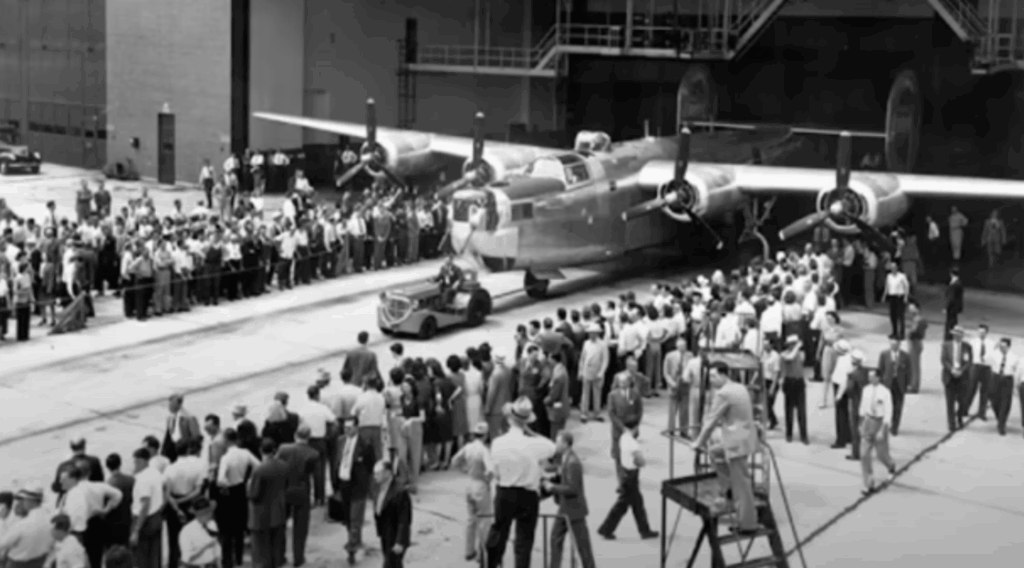
Truth Denied
By spring 1943, reports from 17 separate sources confirmed the pace: more than 600 bombers a month from Willow Run alone. When Canaris presented this evidence to German leadership, it was met with laughter. Some believed the photos were propaganda or models, not real aircraft. Even when shipping records showed the plant consuming more aluminum each month than all of Germany produced, they refused to believe.
Albert Speer, the armaments minister, understood the danger. In his private notes, he admitted that if the reports were even half true, Germany faced destruction. But saying so publicly meant execution. Truth had become treason.
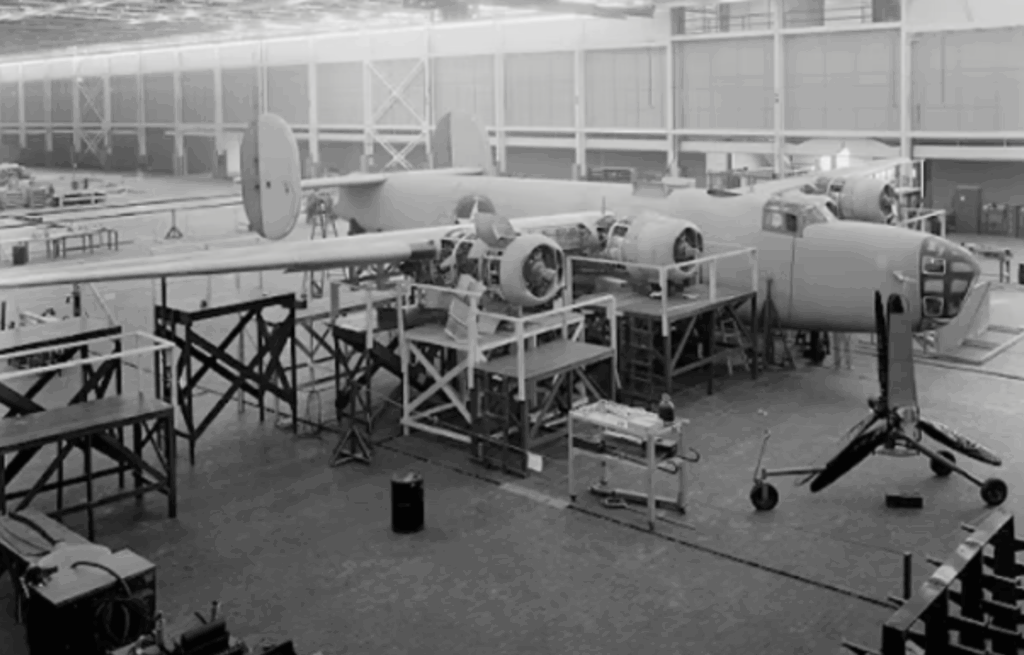
The Scale Revealed
By early 1944, disbelief turned to shock. During “Big Week,” American bombers attacked German aircraft factories with a force that proved the intelligence right. Over 1,000 bombers filled the sky in a single raid — many built at Willow Run. Germany’s air arm could barely respond. A few months later, on D-Day, more than 11,000 Allied aircraft dominated the skies while Germany could send up fewer than 300.
At its peak, Willow Run produced 453 bombers in 468 hours — one every 63 minutes. Over 42,000 people worked there, including 11,000 women and thousands of African Americans. The diversity and efficiency of that workforce directly challenged everything German ideology had claimed about who could build, fight, and lead.
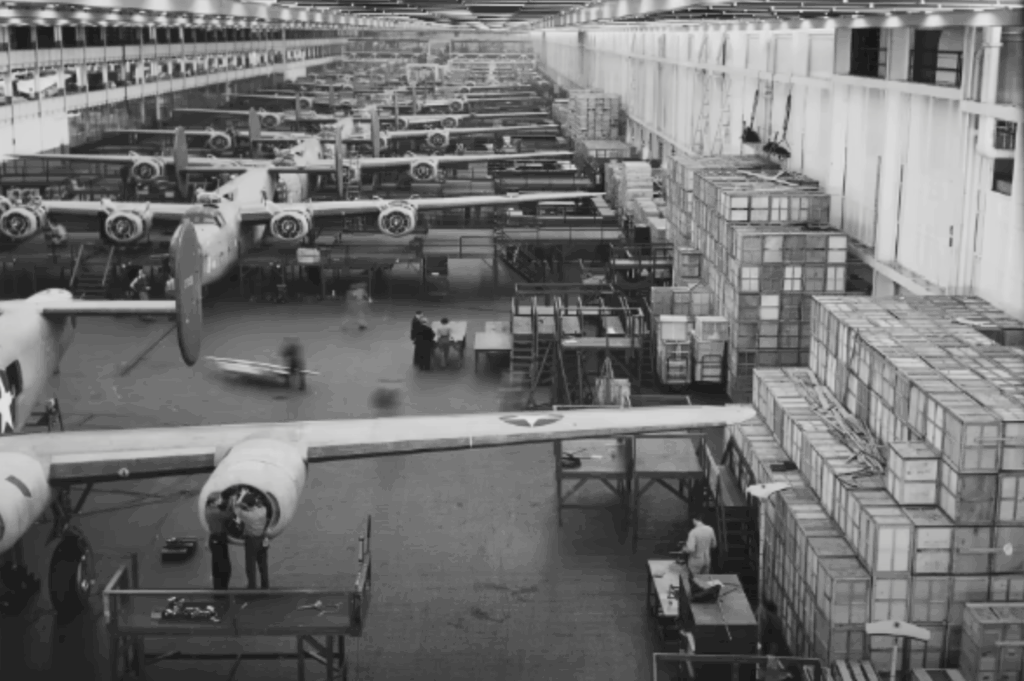
A Lesson in Belief and Reality
By war’s end, Willow Run had produced 8,685 B-24s. American factories together built more than 324,000 aircraft, compared to fewer than 95,000 in Germany. The intelligence was accurate all along — the failure was believing it. Leaders dismissed what didn’t fit their worldview, confusing ideology for truth.
Years later, when a former German pilot met one of the “Rosie the Riveters” who built those planes, he asked how they had done it. She smiled and said, “We just went to work every day and did our job.”













